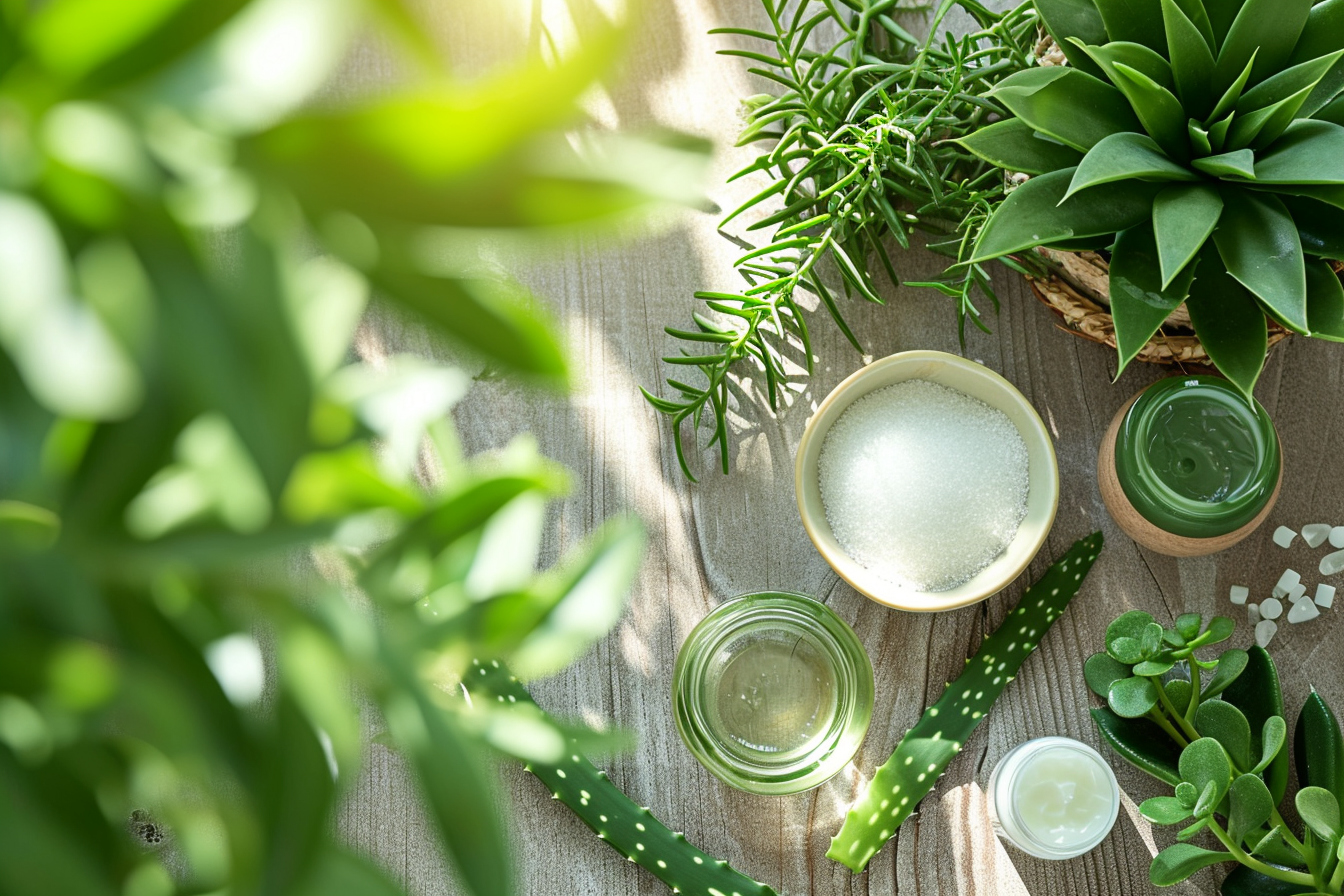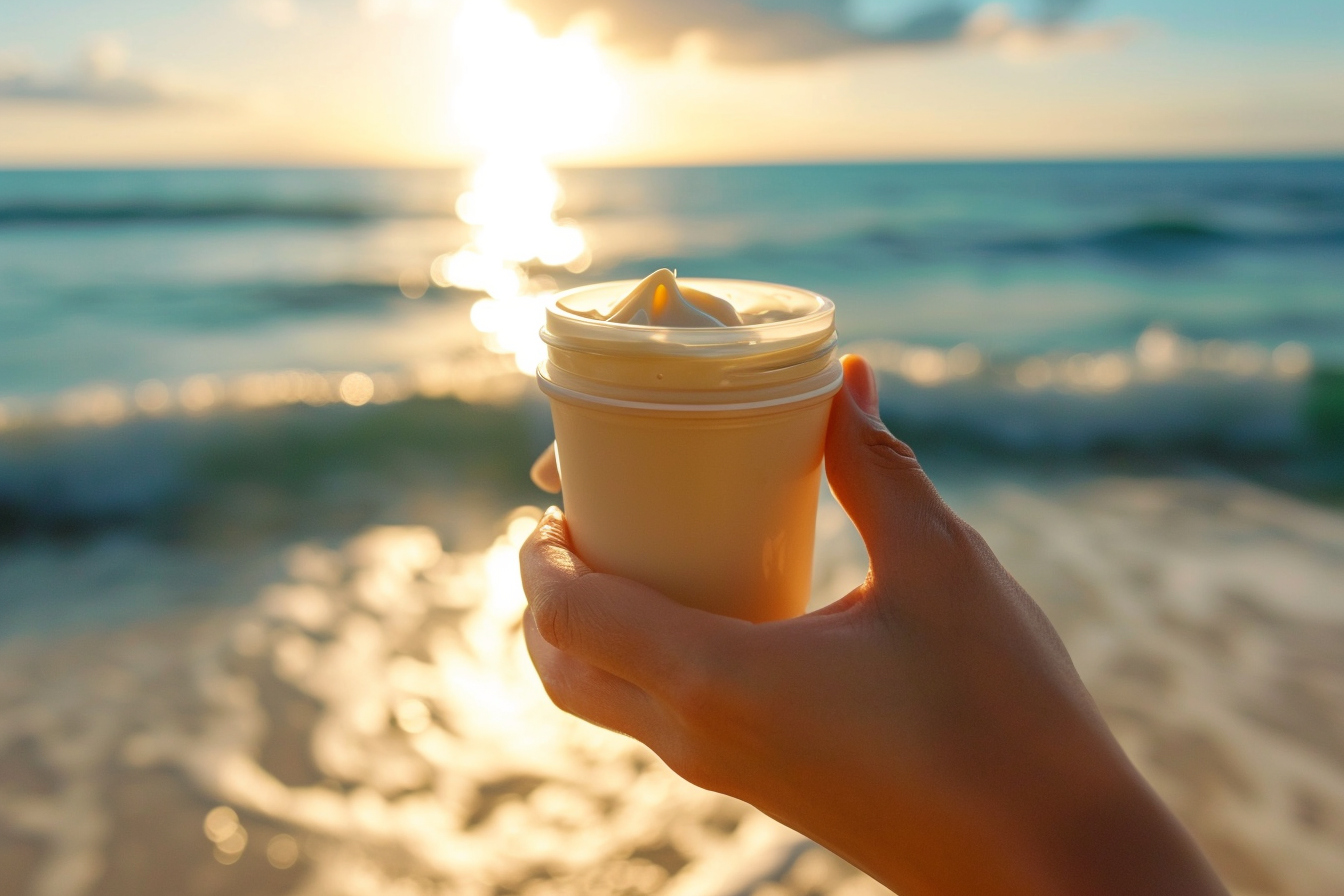Sun protection is an essential aspect of skincare, safeguarding our skin from the harmful effects of ultraviolet (UV) radiation. Chemical sunscreens, while effective, can contain components that some individuals prefer to avoid due to sensitive skin or environmental concerns. Natural sunscreen options not only provide a gentler alternative but also offer the opportunity to harness the power of nature while taking a hands-on approach to health and wellness.
Understanding the importance of sun protection
Why Protecting Your Skin is Essential
The sun emits UV radiation that reaches the earth, which can cause skin damage, sunburn, and increase the risk of skin cancer. Broad-spectrum sunscreens can shield against both UVA and UVB rays. UVA rays are primarily responsible for aging the skin, while UVB rays are associated with burning. Natural sunscreens aim to block or absorb these rays with ingredients that have inherent sun protective qualities.
The Environmental Impact of Sunscreens
Research indicates that certain chemical sunscreen ingredients, such as oxybenzone and octinoxate, can harm coral reefs and aquatic life. As a result, the creation of sunscreens with natural, biodegradable ingredients has gained momentum, offering eco-conscious individuals an opportunity to proactively protect the environment.
Natural ingredients with sunscreen potential

Defining Natural Sunblocking Agents
A variety of natural ingredients boast inherent sun protective properties. These components can create barriers that reflect or scatter UV light:
- Zinc Oxide: This mineral is one of the most well-known natural sun-blocking agents. Unlike its chemical counterparts, zinc oxide is recognized for its ability to provide broad-spectrum protection without penetrating the skin, minimizing the risk of irritation.
- Titanium Dioxide: Similarly to zinc oxide, titanium dioxide acts as a physical blocker of UV radiation. It’s often used in combination with zinc oxide to enhance sun protection.
- Red Raspberry Seed Oil: This oil has been observed to offer a natural SPF (Sun Protection Factor) due to its high antioxidant content and potential to absorb UVB and UVA rays.
- Carrot Seed Oil: Carrot seed oil is praised for its high SPF value and rich antioxidant levels, which further contribute to its sun protective abilities.
In utilizing these natural sunblocking agents, it is important to understand that the SPF values derived from these ingredients may not correlate directly with the standardized SPF ratings of commercial sunscreens.
Crafting your own natural sunscreen: the basics
Starting with the right base
Selecting a suitable carrier oil or base is critical when making your own natural sunscreen. Ideally, this base should moisturize the skin while also contributing to sun protection. Common base ingredients include:
- Coconut Oil: While coconut oil has some SPF value, its primary role in homemade sunscreen is to moisturize and support the skin barrier.
- Shea Butter: Renowned for its moisturizing properties, shea butter also provides mild protection against UV radiation.
Combining protective ingredients
After choosing a base, it’s time to incorporate the natural sunblocking agents into the mixture. It’s crucial to use non-nano zinc oxide to ensure the particles are not small enough to penetrate the skin barrier, as this could lead to adverse health effects.
Step-By-Step mixing method
- Measure Properly: Accurate proportions of each ingredient are vital in achieving the desired SPF level and consistency.
- Gentle Heating: Melting the base ingredients carefully in a double boiler prevents the degradation of their beneficial properties.
- Mixing in the Sunblocking Agents: After the base has melted, gradually whisk in the zinc oxide or titanium dioxide to avoid clumping.
- Cooling and Setting: Allow the mixture to cool and thicken, stirring occasionally to maintain an even distribution of the sunblocking agents.
Adding essential oils for enhanced protection
Some essential oils, like lavender or chamomile, can provide soothing effects for the skin and may offer additional antioxidant benefits. However, essential oils should be used with caution as they can cause photosensitivity or allergic reactions in some individuals.
Testing spf
Crafting homemade sunscreen with a specific SPF rating is challenging without laboratory equipment; estimates based on ingredient SPF values are approximate at best.
Delving deeper: advanced natural sunscreen making techniques
Emulsification for improved texture
Creating an emulsion can improve your sunscreen’s texture and application by combining oil and water-based ingredients into a stable mixture. A natural emulsifier, such as beeswax or lecithin, helps to achieve this blend.
Preservatives for longevity
Homemade sunscreen lacks the preservatives found in commercial products, leading to a shorter shelf life. Natural preservatives such as vitamin E or rosemary extract can extend usability while providing additional skin benefits.
Storage solutions
Proper storage is essential to maintain the efficacy of homemade sunscreen. Dark glass containers can protect the contents from light degradation, and cool, dry environments help prevent spoilage.
Understanding the limitations of natural sunscreens
While natural ingredients can offer sun protection, it is crucial to recognize the limitations of homemade sunscreens:
- Homemade sunscreens may not be waterproof and will likely require more frequent application, especially after swimming or sweating.
- Due to the lack of standardization in homemade products, the calculated SPF level is less reliable than that of commercial sunscreens.
- Thorough blending and even application are necessary to ensure coverage, as natural sunblocking agents can disperse unevenly.
Sun protection beyond sunscreen
Physical barriers
Items such as UPF (Ultraviolet Protection Factor) clothing, wide-brimmed hats, and sunglasses serve as essential companions to sunscreen by offering additional physical barriers against UV exposure.
Seeking shade and planning outdoor activities
Utilizing shade and planning outdoor activities outside of peak sun intensity hours, typically between 10 a.m. and 4 p.m., can significantly reduce UV exposure.
Balanced sun exposure
A sensible approach to sun exposure encourages obtaining vitamin D while avoiding overexposure. A balance allows for the benefits of sunlight without incurring its potential harms.

Embarking on the journey of crafting your own natural sunscreen fosters an intimate understanding of ingredients and their sun-protective capabilities. The act of creating these formulations emphasizes not only skin health but also environmental consciousness. With diligent application, proper storage, and realistic expectations, homemade natural sunscreens can play a role in a comprehensive sun protection regime. Remember, the primary goal is to shield the skin while embracing nature’s offerings responsibly. It is advisable to continue research and consultation with dermatological experts as advances in natural sunscreen development evolve. Hence, the quest for mastering natural sun protection remains an ongoing, but enriching pursuit.
